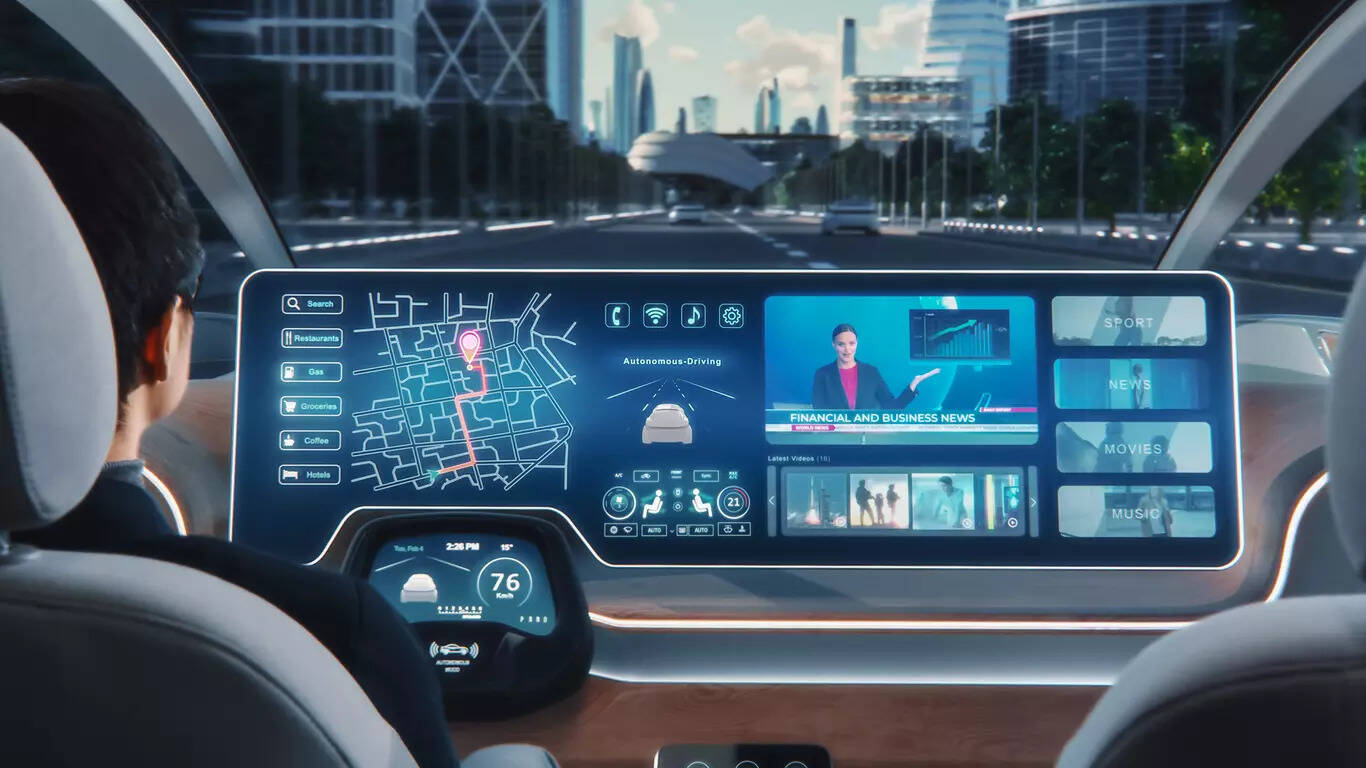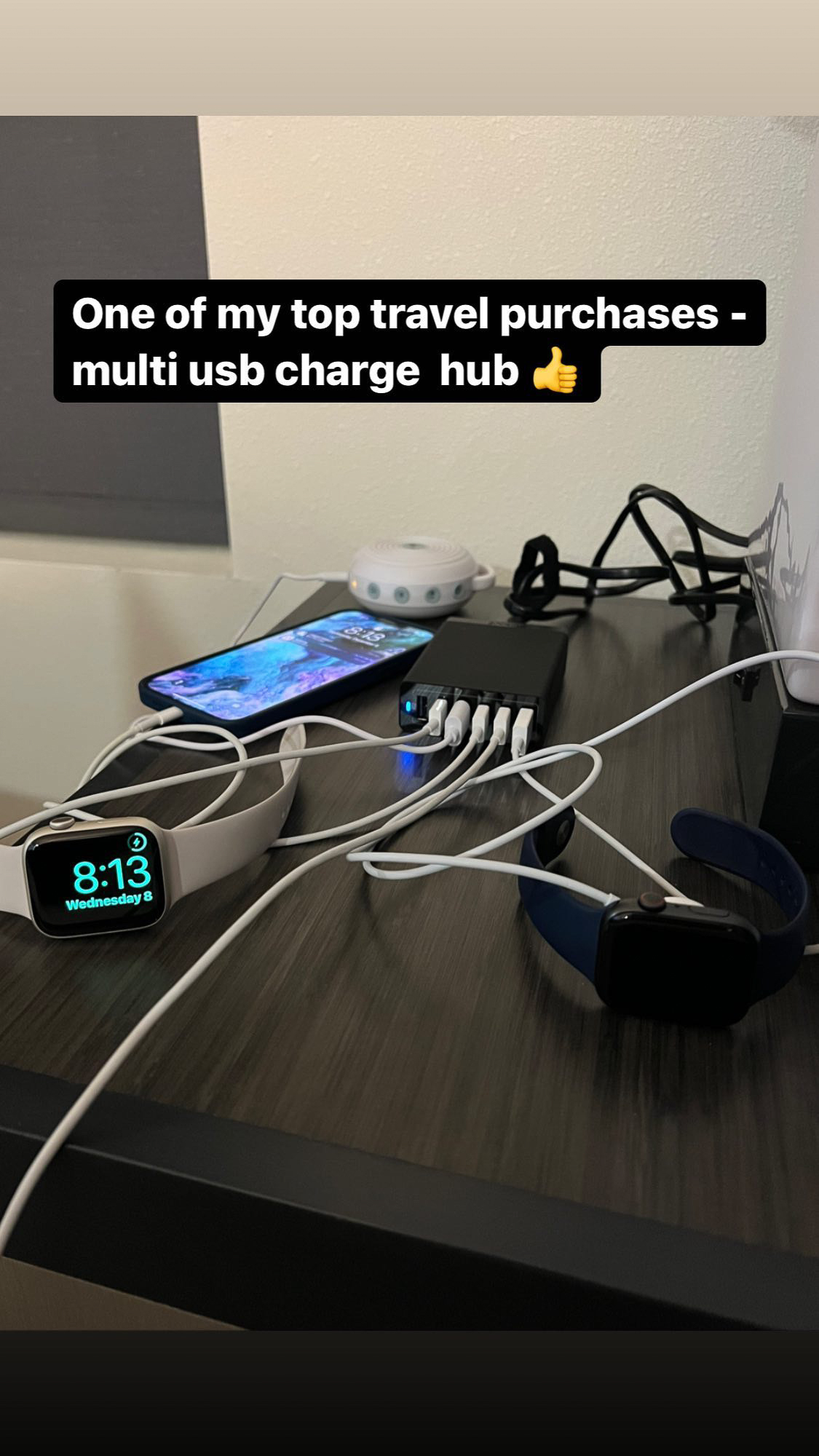Navigating the Future: The Crucial Role of UX/UI in Automotive Design, ET Auto

From tactile buttons to CD players, and now to voice commands and immersive touchscreens, the transformation of infotainment, controls, and performance systems in vehicles is in full throttle. Leading this shift are sophisticated UX/UI interfaces—sleek in appearance, deeply integrated, and responsive enough to rival any modern consumer electronic device.
Think fonts, colours, and display sizes—today’s in/on vehicle systems are designed with the same attention to aesthetics and user experience as smartphones or smart TVs. Consumers now expect instant updates, smooth transitions, and intuitive controls that match the pace of their digital lives.
Yet, there’s one fundamental difference that sets automotive interfaces apart - safety-critical context. Unlike handheld devices and TVs, vehicle Human Machine Interfaces (HMIs) operate in a dynamic environment where user distraction can be life-threatening. The testing ground is also vastly more complex, as systems must respond across varying driving conditions and diverse market demands. This stark contrast transforms UI design from a matter of style to one of regulation, human factor engineering, and life-saving precision. This is where the evolution of HMIs in vehicles becomes not just fascinating, but essential to observe closely.
To begin with, designing a vehicle’s UI/UX means aligning with its category, performance profile, and user requirements. “You cannot design the UI of an entry-level car for a sports or luxury model. The approach is different, the requirements are different,” explains Anand Sharma, Co-founder and Design Director at Studio34 Designart. He adds, “There needs to be a good balance between aesthetics and functionality. If aesthetics outweigh function, you risk creating something dangerous instead of useful.”
Sharma highlights that today’s vehicles feature multiple digital screens—ranging from infotainment and instrument clusters to AC controls and other performance-related displays. “User interaction with these systems becomes critical, especially while driving. Operations must be smooth and ergonomically positioned so that the driver doesn't struggle to locate icons, options, or system controls. These are fundamental aspects where a smart, automotive-oriented UX/UI is a must. OEMs today have dedicated UX/UI teams focused on refining these HMIs for optimal efficiency and safety,” he says.
A spokesperson from Hyundai Motor India Limited (HMIL) echoes this sentiment, “The world of automotive design is being redefined by UX/UI innovation, turning vehicles into intelligent digital companions that intuitively adapt to drivers’ lifestyles. From minimalist, user-centric interfaces to voice-enabled, seamless connectivity with personal devices—design, today is about blending sophistication with simplicity. At the heart of this evolution lies a deep commitment to safety, accessibility, and personalization.”
The spokesperson also reflects on the growing challenges - as vehicles become smarter and more software-driven, designers face the critical challenge of integrating rapidly evolving technologies without compromising ease of use or safety. “In a diverse market like India, where user needs are as varied as the roads we drive on, automotive UX/UI must remain flexible, inclusive, and future-ready, striking a fine balance between cutting-edge functionality and distraction-free driving.”
“The most difficult part is predicting thousands of situations that might arise inside a vehicle and designing a system that works for all,” says Ankur Rander, Founder & CEO, BOMBAYDC. “It is also relatively difficult to prototype that software design, as it involves interaction with hardware. It’s an industrial design feat, UX design feat, and service design approach that’s needed today — along with engineering.” He adds, “We have never before seen so many new-age user experiences in cars and bikes. After Tesla challenged the status quo, everyone is thinking of new-age experiences. Apple and Android Auto are both continuously trying to improve.”
Designing for continuous change, when the software evolves faster than the vehicle’s hardware and user expectations keep shifting, is the real challenge. “It’s all about keeping the UX intuitive and human-centred. One has to ensure that the design adapts and doesn’t overwhelm the user or break their trust,” says Rander.
Sharma, meanwhile, emphasizes the need for standardisation and regulatory oversight. “I believe the government must already be working on some parameters for automotive UI design. While we must allow room for innovation, there also needs to be a framework that ensures we don’t end up with interfaces that are beautiful but unsafe or ineffective.”
He adds that understanding the importance of UX/UI in automotive is the starting point. “We are moving from analogue operations to tech-enabled experiences in vehicles. That calls for seamless, readable, and safe interfaces—ones that enhance, not compromise, performance and driver control.”










